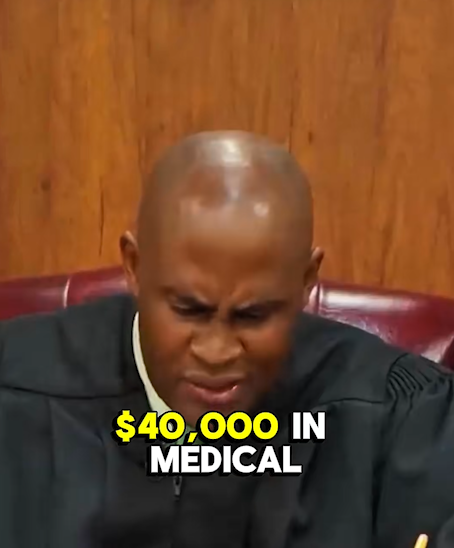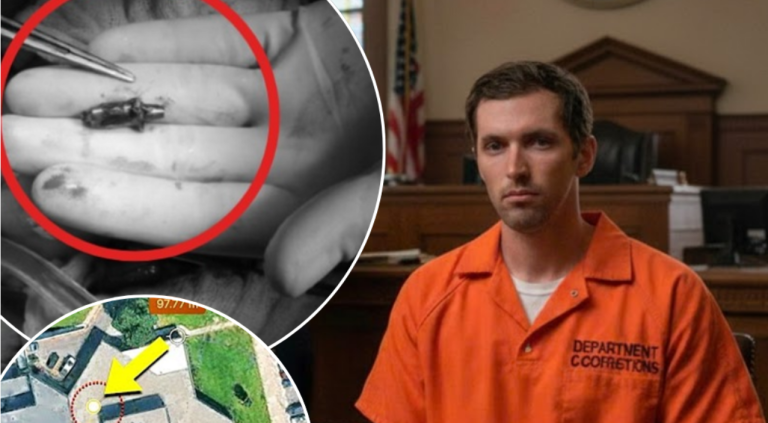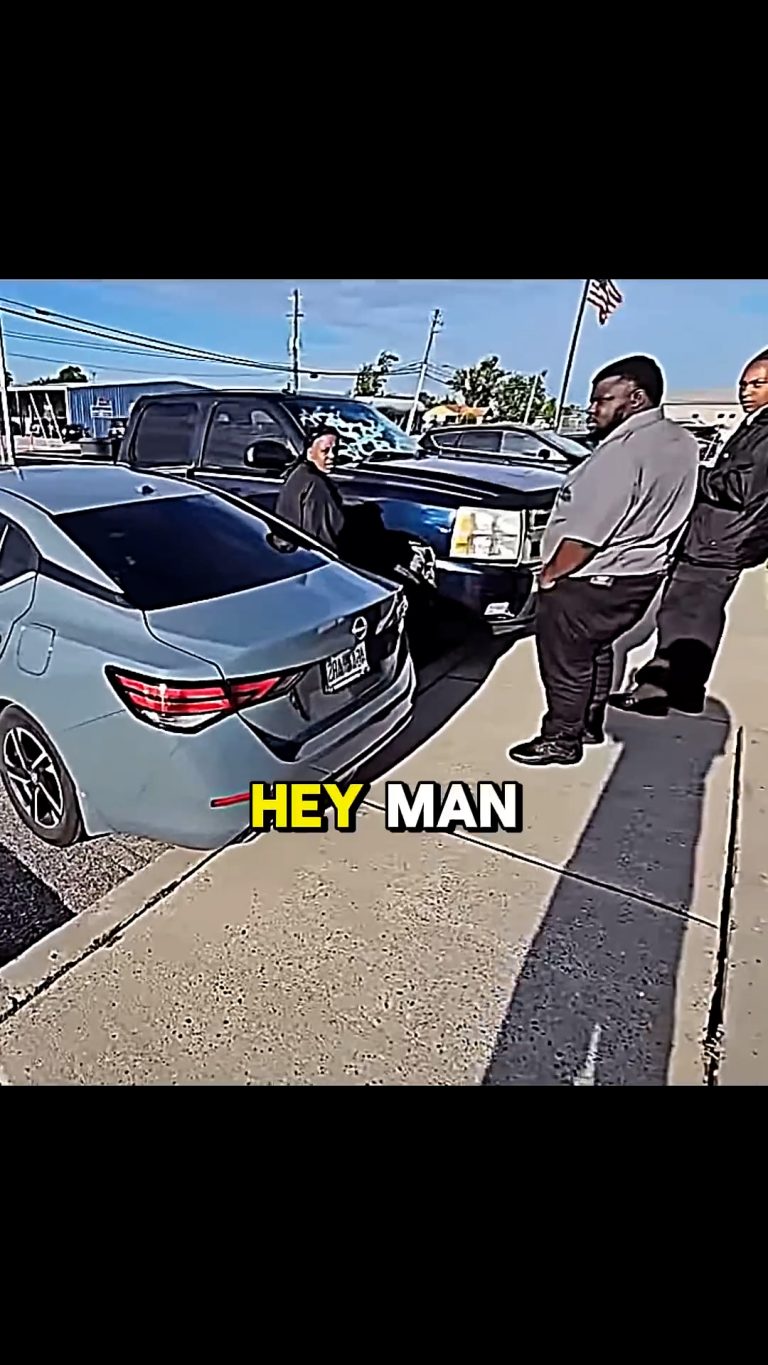
A bizarre civil court case has sparked heated debate over medical ethics and personal autonomy after a motorcycle crash survivor decided to sue the very first responder who saved his life. The plaintiff, Alex Serrano, appeared before a judge claiming that EMT Malcolm Hunter violated his explicit wishes by reviving him after he flatlined at the scene of a severe hit-and-run accident. Serrano is pursuing $40,000 in medical expenses and an additional $25,000 for pain and suffering — damages he believes stem entirely from being resuscitated against his will.
According to Serrano’s testimony, he has a clear “DNR” — shorthand for “Do Not Resuscitate” — tattooed across his chest as a standing directive, should he ever be incapacitated. He stated that upon regaining consciousness at the crash site, he immediately recognized Hunter and later confirmed through paperwork that the EMT had performed CPR and used a defibrillator to restart his heart. “I did not want to be brought back to life if anything was to happen to me,” Serrano told the court, emphasizing that personal choice regarding death should be respected.
The EMT, however, defended his actions as part of his duty to save lives. Hunter acknowledged noticing the tattoo but said he did not consider a chest marking to be a legally valid medical directive. He suggested it could have been something related to a biker group and explained that first responders are trained to preserve life unless presented with proper written orders, identification, or medical records. “My job is to save people,” he repeated to the judge, clearly standing by his decision.
The unusual lawsuit raises major questions: Are symbolic or tattooed medical directives legally binding? Should emergency personnel be forced to interpret body ink amid life-or-death chaos? And most importantly, who holds final authority over a person’s right to die? As the case continues, the court — and the public — will be watching closely.





